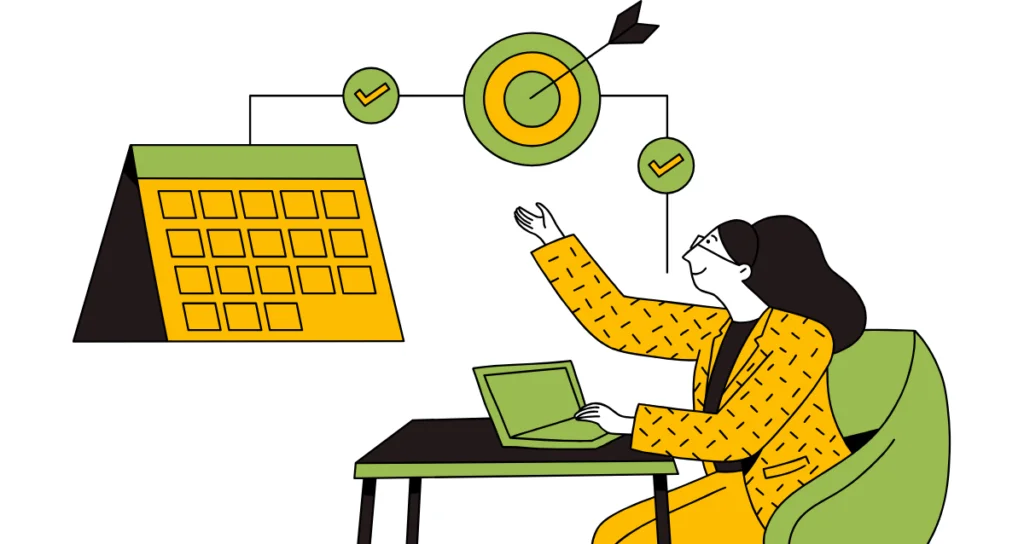When consulting his clients on communicating with their customers, my dad, a career marketer likes to tell this story: A husband and wife were celebrating their 50th wedding anniversary. Over breakfast, the wife asked her husband, “How come you don’t tell me you love me anymore?”
The husband put down his newspaper, thought for a minute, and replied, “I told you on our wedding day ‘I love you’. If anything changes, I’ll let you know.”
Unfortunately, that’s how too many companies treat their customers. It’s a common progression: generate the lead, identify the decision maker, set the meeting, pitch, schmooze, propose, negotiate, schmooze some more, seal the deal, maybe a quick “thank you”, then it’s off to chase the next opportunity. Often, the only communication that happens post sale is when a problem arises, or if the customer needs to re-order. Yet, if it’s true that it’s exponentially less expensive to retain a customer than to find a new one, then why so do many companies fail to proactively “show the love” to their customers like they did during the courting stage?
As I’ve worked with hundreds of companies and seen this dynamic over and over, I’ve come to realize that it’s usually the result of benign neglect, often driven by resource constraints and a focus on top-of-funnel growth. Marketing teams, usually the ones tasked with leading the communication to all audience segments, are often so focused on generating leads (top of funnel), that they fail to think about retaining the customers they already have. For smaller organizations, the “I’ve only got so many hours in a day” argument is used to justify marketing to prospects versus customers.
A client of mine recently faced this challenge. They really couldn’t afford to take their eye off the prospect demand generation ball, but they knew they had to start somewhere to communicate with customers, keeping them updated on upsell and cross-sell opportunities. They asked, “Is there an easy way to get started communicating to our customer base?”
In response, I introduced the concept of a quarterly customer newsletter. Yes, I know. The “newsletter” is the poster child for “batch and blast irrelevant content”. Trust me, that’s not what I was advocating. So, before you dismiss this idea, hear me out.
I went on to explain that if done correctly, a quarterly newsletter can be a great source of relevant content, updates, and product information. The concept I shared would allow them to take a significant step in being proactive with their customers without having to come up with new content. This newsletter solution utilizes 75-80% repurposed content. Being resource constrained, they liked the sound of that.
I went on to give them a “table of contents” that should be the basis for this newsletter….
- An article from either the president or CMO. This should be a new article that provides information on industry trends, competitive issues, research findings, state of the company, etc. For companies that already have positioned themselves as thought leaders in their space, this should be a relatively easy article to write.
- Repurposed Blog Post. There should be enough blog posts from a previous quarter so that one can be selected and promoted in this newsletter. Doing so reduces creative time, drives your customers to your blog, and continues to position your company as a thought leader (assuming your blog is filled with information that is relevant and helpful to your audience).
- Product/Service Updates. Use this space to let your customers know about new product announcements, updates to current products, added services, expansion of capabilities, etc. Of course, this shouldn’t be the only place where product and service updates should occur, but adding this information to the newsletter can serve as a “catch all” for those who may have missed any previous product or service update communications.
- News and Events. Use this section to let your customers know about company happenings such as new office openings, mergers or acquisitions, partnerships, key hires, etc. Also, event oriented information such as your tradeshow schedule can be included. This kind of information keeps your customers “in the know”.
According to Bain and Co., a 5% increase in customer retention can increase a company’s profitability by 75%. So it stands to reason that proactive communication to your customer base is a key to success. Is a quarterly customer newsletter the sole solution to customer communication and retention? Of course not. But if yours is among the majority of companies that focus more on acquisition than retention, perhaps this simple newsletter concept is the first step in telling your customers “I love you” more often.
Latest Posts



